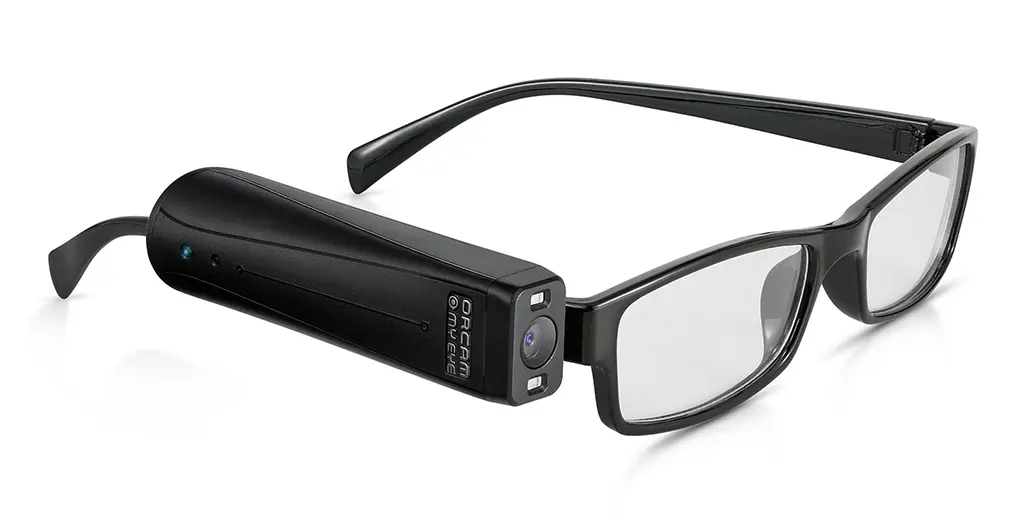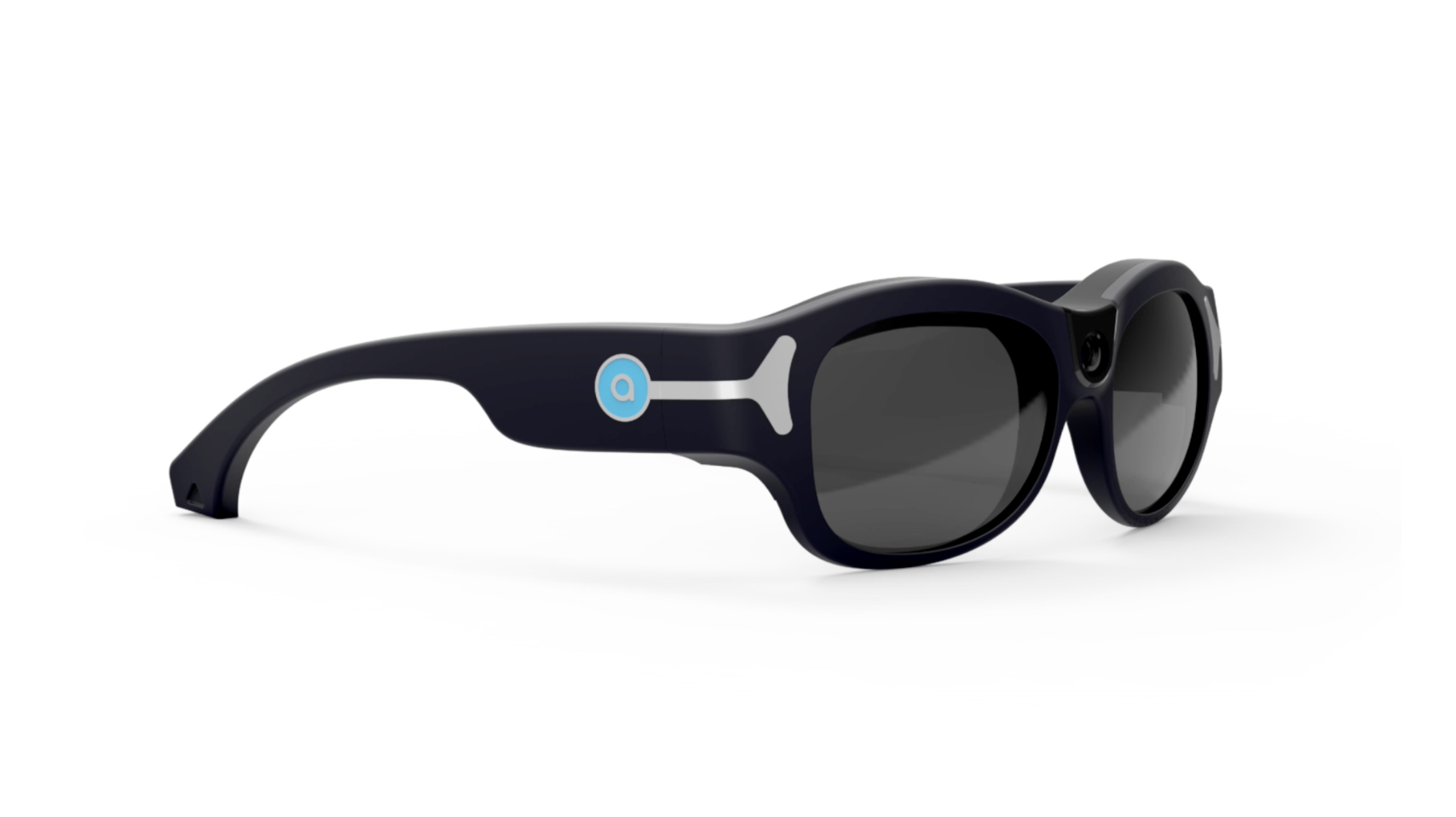How Smart Glasses for the Visually Impaired Are Revolutionizing Daily Life
How Smart Glasses for the Visually Impaired Are Revolutionizing Daily Life
Blog Article
Enhancing Ease Of Access Via Assistive Technology for the Blind
The assimilation of assistive modern technology for the blind stands for a pivotal advancement in accessibility, fundamentally altering how people browse their settings and involve with culture. As we check out the diverse types of assistive devices and their tangible impacts on day-to-day living, it comes to be crucial to check out just how recurring technical innovations are improving the landscape of assistance for the blind neighborhood.
Introduction of Assistive Innovation
Assistive innovation refers to a series of tools and software program created to enhance the capabilities of people with specials needs, consisting of those that are visually damaged or blind. This modern technology plays a crucial function in promoting freedom and enhancing the lifestyle for users. By supplying alternate methods for accessing information and executing daily tasks, assistive modern technology equips individuals to browse their atmospheres more properly.
The development and execution of assistive innovation embrace a range of principles aimed at cultivating availability. These principles include user-centered layout, which prioritizes the demands and preferences of the person, and the integration of innovation right into everyday tasks. Such developments make sure that assistive devices are not only useful however additionally intuitive and simple to use.
Moreover, assistive modern technology encompasses a varied range of solutions, from low-tech choices like magnifiers to sophisticated developments such as display readers and Braille displays. The continuous advancement of this field is driven by the requirement to resolve the unique difficulties dealt with by individuals with aesthetic impairments (Wearable technology for low vision). As technology continues to development, the possibility for boosting accessibility and promoting inclusivity remains appealing, eventually adding to a much more fair culture

Kinds Of Assistive Instruments
Countless kinds of assistive devices are available to support individuals that are blind or visually damaged, each created to resolve details requirements and obstacles. These gadgets can be generally categorized into three primary kinds: low-tech, mid-tech, and high-tech services.
Low-tech devices include things such as magnifiers, Braille tags, and responsive maps. These are reasonably straightforward devices that improve the individual's ability to communicate with their environment without requiring intricate modern technology.
Mid-tech gadgets typically involve extra sophisticated features, such as digital magnifiers and portable Braille note-takers. These gadgets can provide capabilities like speech outcome, permitting individuals to access info more effectively.

Effect on Daily Living
The schedule of various assistive gadgets substantially boosts the lifestyle for individuals that are visually impaired or blind, affecting their everyday living in extensive means. By incorporating technologies such as display viewers, Braille presents, and audio summary solutions right into their routines, users acquire higher freedom and self-reliance. These devices promote accessibility to details, enabling individuals to perform everyday tasks, such as reading e-mails, navigating public spaces, and delighting in media material.
Additionally, assistive gadgets equip individuals to engage more fully eye center in social interactions and community activities. The ability to utilize smartphones equipped with accessibility features permits smooth interaction and link with others. This connectivity promotes a sense of belonging and reduces sensations of seclusion.
In expert settings, assistive technology supports performance by permitting people to total work jobs successfully. Devices like voice recognition software and specialized magnifying tools allow users to take part in the labor force on equivalent footing with their sighted peers.

Developments in Technology
Current technical improvements have significantly changed the landscape of tools readily available for people who are blind or aesthetically damaged. The combination of synthetic knowledge (AI) and artificial intelligence has actually triggered applications that boost navigation and things recognition. For example, mobile phone apps can currently utilize AI to recognize and describe environments in real-time, offering customers with useful contextual information.
Furthermore, advancements in haptic innovation have caused the development of smart canes equipped with sensing units that discover obstacles and offer responsive comments. This encourages customers to navigate their setting with increased self-confidence and independence. Innovations in text-to-speech software and braille screens have enhanced the availability of electronic web content, permitting for smooth interaction with various media.
Wearable technologies, such as smart glasses, are likewise making strides in helping visual disability. These gadgets can supply enhanced truth experiences, superimposing vital details onto the customer's area of sight. Jointly, these improvements not only improve the high quality of life for individuals who are blind but also advertise hop over to here better incorporation in culture. As innovation continues to develop, the capacity for much more transformative tools continues to be imminent.
Future Trends and Innovations
As modern technology rapidly advances, the future of assistive devices for people who are blind holds tremendous promise. Developments in expert system (AI) and device discovering are positioned to revolutionize the method blind individuals connect with their settings. For instance, AI-driven applications are being developed to improve item acknowledgment, permitting users to identify and navigate their surroundings with higher simplicity and precision.
Additionally, improvements in haptic comments modern technology are allowing the creation of responsive maps and navigation help that provide real-time information through touch. These technologies not just improve movement but likewise foster independence. Additionally, wearable gadgets geared up with enhanced truth (AR) functions are emerging, offering users aesthetic info with audio descriptions, therefore linking the space between the physical and electronic globes.
Moreover, the integration of smart home modern technology offers new opportunities for accessibility, permitting people to control their living settings with voice commands or mobile phone applications. As collaboration in between technology developers and the blind area proceeds, the concentrate on user-centered layout will ensure that contact eye exam future technologies are customized to meet the one-of-a-kind requirements of this population (Wearable technology for low vision). The trajectory of assistive innovation promises an extra empowering and comprehensive future for individuals that are blind
Final Thought
In conclusion, assistive innovation plays an important role in improving accessibility for people with visual disabilities. The diverse variety of devices, including display readers and clever canes, dramatically improves everyday living and fosters self-reliance. Continual developments in modern technology and user-centered design make sure that these devices cater successfully to the unique requirements of the blind area. As innovations development, raised inclusivity and empowerment can be anticipated, eventually enhancing the top quality of life for those affected by visual disabilities.
The integration of assistive technology for the blind represents an essential advancement in access, fundamentally altering how individuals navigate their settings and involve with culture.Assistive modern technology refers to an array of tools and software program made to boost the capacities of people with specials needs, consisting of those who are visually damaged or blind. Wearable technology for low vision.As modern technology swiftly proceeds, the future of assistive devices for individuals who are blind holds immense assurance. The trajectory of assistive modern technology assures a much more inclusive and empowering future for people that are blind
In final thought, assistive innovation plays an essential role in enhancing access for people with visual impairments.
Report this page